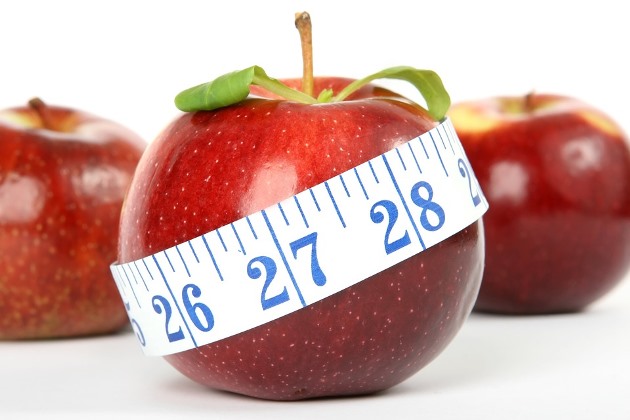
Health and wellness December 1, 2017 By
Article by BlueCross BlueShield of Oklahoma, a First United Bank Partner
"Drop one dress size in a day!" "Lose 10 pounds in 10 days!" "Eat as much as you want and still lose weight!" We have all heard these claims before, but what have you tried to render these results?
The high-protein diet, or maybe it was the liquid/juice diet, or the low/no carbohydrate diet? Do you have this feeling that every time you turn around, there is an article or someone is selling a quick new way to lose weight? You are not alone.
To get in shape quick, most people fall victim to fad diets. Why? Because our clothes from a couple of months ago are now fitting too snug, or we are trying to get back in last year’s swim gear. Fad diets and quick weight loss diets are in no short supply — yet some are downright dangerous.
A fad diet is defined as a “crash” designed for quick weight loss - usually extreme - and not supervised by a doctor. To determine if a diet is a fad diet, ask yourself these questions:
- Does the diet promise quick weight loss?
- Does the diet sound too good to be true?
- Does the diet help sell a company’s product?
- Does the diet lack valid scientific research to support its claims?
- Does the diet give lists of “good” and “bad” foods?
- Does the diet exclude physical activity?
- Does the diet promote strict menus and specific times to eat?
If you can answer “yes” to any or all of these questions, the diet is probably a fad diet.
The skinny is that most fad diets “oftentimes produce immediate short-term results,” giving you a false sense of success, says Steve Herrmann, PhD, Director of Program Development and Training for Profile by Sanford, a weight management program from Sanford Health. But then, “you’re likely not only to gain back the weight you lost, but to add even more weight over time.” In addition, there are health risks associated with fad diets: loss of lean body weight (muscle), constipation due to elimination of fruits and vegetables, lack of necessary essential nutrients that our bodies need, and increased risk of chronic disease due to consumption of foods high in fat.
Since Fad Diets are not sustainable and do not promote lifestyle change, you may be wondering, “what is a healthy way to lose weight and keep it off?” According to the Centers for Disease Control (CDC), a healthy diet should be in line with the dietary guidelines, include physical activity, fit into your lifestyle, promote slow weight loss, and include behavior change
The Dietary Guidelines for Americans state that a healthy diet should:
- Be rich in whole grains, fresh fruits and vegetables, and fat-free or low fat dairy products.
- Include lean meats, poultry, fish, beans, eggs, and nuts.
- Low in trans- and saturated fats, cholesterol, salt and added sugar.
- Stay within caloric needs.
The Physical Activity Guidelines for Americans state that adults should include 150 minutes of moderate intensity exercise a week or 75 minutes of vigorous activity. Resistance training should be included 2 or more times a week.
Extra weight doesn’t happen overnight, therefore it’s not going to go away overnight. Click here for more information on healthy weight loss techniques.
Also, check out our Spend Life Wisely article, “Healthy Eating Habits During the Holidays,” for some tips to develop healthier habits throughout the holidays and the New Year.




